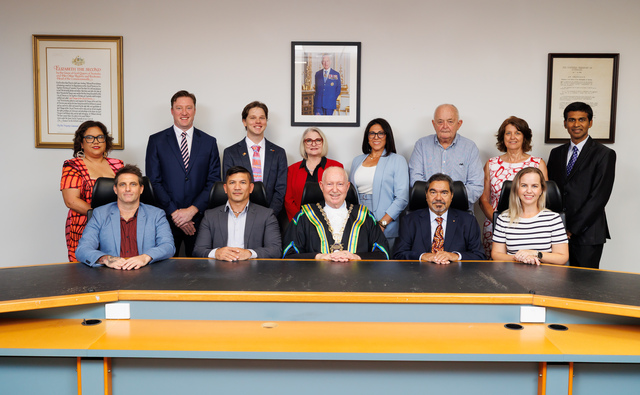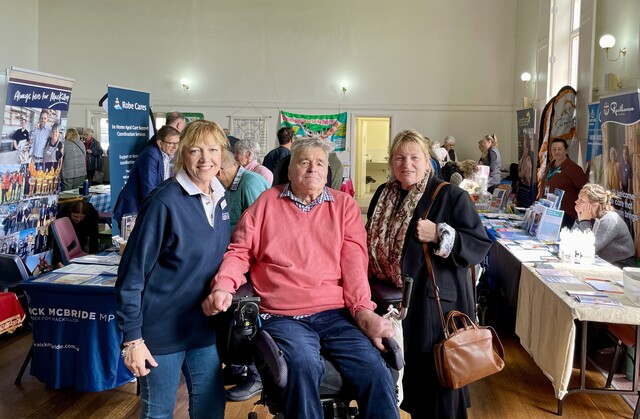The world of workers compensation and work health and safety continues to be dynamic and ever changing.
Over the past two years of difficult economic times (when workers compensation experiences typically worsen), the South Australian Local Government Association Workers Compensation Scheme (LGAWCS) has, however, performed extremely well.
The LGAWCS can boast of many significant achievements, including delivering financial and operational benefits to South Australian councils and assisting them to maintain a more productive workforce.
The Scheme provides local government authorities with a fully integrated Claims, Rehabilitation, and Occupational Health and Safety service. This in turn provides an environment for improved safety and return to work outcomes for local government employees.
With a focus on self-management, the LGAWCS has effectively managed changes within the Occupational Health and Safety Act and the Workers’ Rehabilitation and Compensation Act. At the same time it has delivered consistent and efficient systems that have ensured that significant cost advantages have been delivered back to councils. All councils in South Australia are members of the Scheme and participate in the industry self-insurance structure that is managed through the mutual fund concept.
Since the Scheme was established in 1986, South Australia’s 68 councils have saved more than $202 million in workers compensation costs. In the last three years alone those savings have amounted to over $40 million, including $13.2 million in the 2012 financial year (the LGAWCS’s books are audited by an independent actuary).
Injury claims have fallen for the fourth consecutive year. In 2012 less than 800 claims were made from a workforce of almost 11,000 employees. This follows the downward claim trend that LGAWCS has noted over the past 20 years, with claims down around 67 percent in total.
In the LGAWCS’s early life, 20-odd years ago, claims upwards of 2200 per year were not unusual. Compare this with the less than 800 claims over the last financial year in a workforce that has doubled during the same period.
Working days lost to workplace injury have reduced from an average of over 34,000 in the late 1980s to less than 8000 in 2012, using a three-year rolling average. That is a saving of over 26,000 working days in 2012 compared with 1986, or the equivalent of 104 full time equivalent staff members.
The continued containment of claim numbers and claim costs has created a situation where the LGAWCS is recording a growth in fund surpluses. This is returned to councils by way of cash bonuses, with $10.9 million returned to the sector as bonuses in 2012.
The Scheme has developed and delivered occupational health and safety support programs to the sector as it strives to continue the downward trend in work days lost to workplace injury and the resulting increased bonuses to its members.
A continued service to local government workers is the Healthy Lifestyle Assessment, with 2000 health assessments and 3000 skin cancer screenings delivered on-site in 2012. In the 13 years, since the inception of the Healthy Lifestyle Assessment program, skin screenings have been performed on 27,642 staff with 3677 referred for further investigation by skin specialists and 77 serious melanomas detected and treated.
With the new national harmonisation safety laws passed in the South Australian Parliament in late November 2012 and the Work Health & Safety Act becoming law from 1 January 2013, employers who were 2012 compliant will have little substantive concern over the 2013 laws.
The Scheme has shown great forethought in developing the ‘One System’ model framework to meet the thrust of the national harmonisation agenda. Councils can rest assured that the work of the past two years is right on track with WH&S requirements.
The full suite of ‘One System’ documents has been reviewed by SA council representatives, and has also been thoroughly reviewed by the LGASA legal team with relatively minor alterations required. Councils working with or compatible with the ‘One System’ framework will be well placed.
The full suite of revised ‘One System’ documents will be issued within the first quarter of 2013. A welcome update in the new 2013 suite of documents is that there will be a one-page summary and a flow chart attached to every procedure, to assist staff training, and familiarisation.
Local government is committed to continually improving its work safety performance, which is an ongoing challenge given the diverse and challenging work environments that local government entities face, but one that the Local Government Association of South Australia has addressed in a positive manner for many years now.







